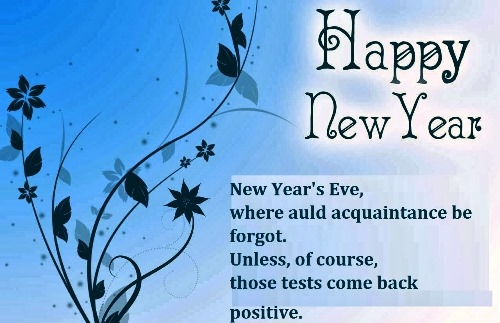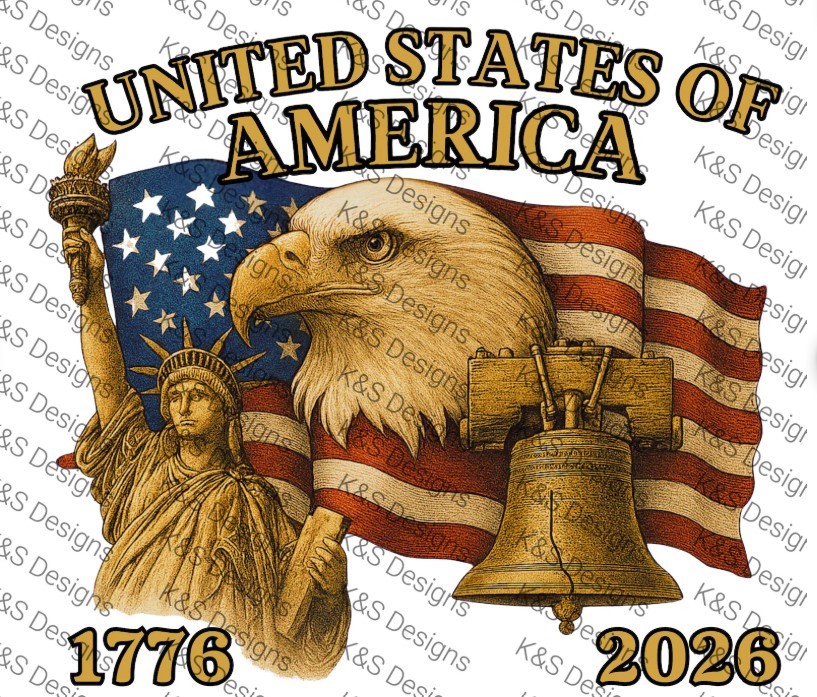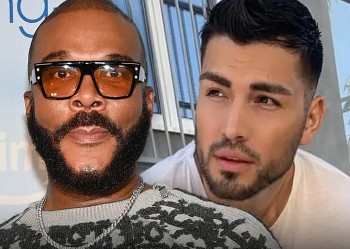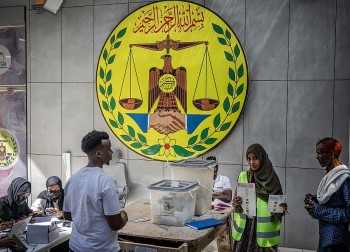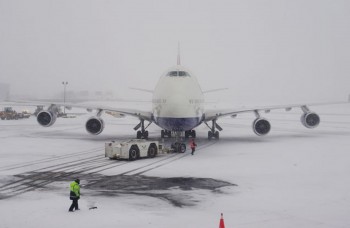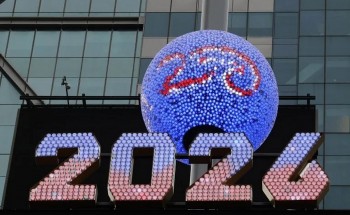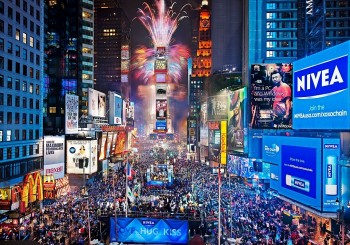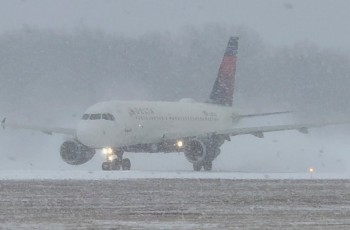2022 Military Strengths of Russia and Ukraine in Comparison
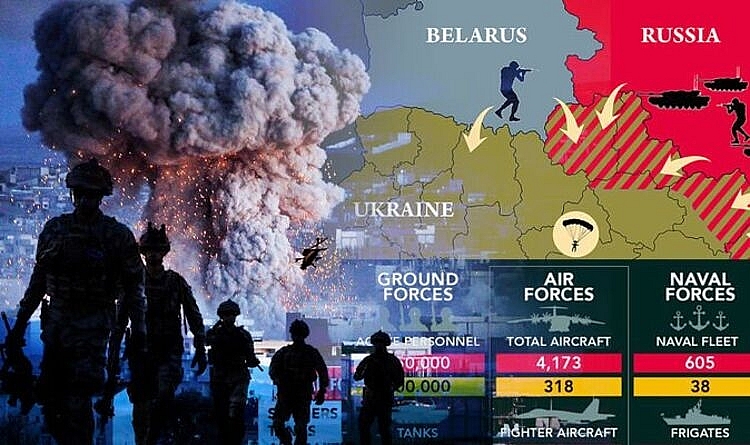 |
| Russia military compare to Ukraine in 2022 |
Every conflict eventually boils down to the numbers. Who has the bigger army? Who has more fighter jets and artillery? So how do the Russian and Ukrainian armies compare?
Russia vs. Ukraine War*Russian troops pour into Ukraine from north, south and east as explosions are heard in the capital *US urges Ukrainian president to head to Lviv for his safety *The Biden administration plans to impose additional sanctions against Russia on Tuesday (Feb.22), a White House official told *Russian President Vladimir Putin ordered the deployment of troops to two breakaway regions in eastern Ukraine after recognising them as independent on Monday, accelerating a crisis the West fears could unleash a major war. The United States says Russia has massed a force numbering 169,000-190,000 troops in the region, including the separatists in the breakaway regions, and has warned of war at any moment. Russia has denied any plans to invade and reiterated its demands that the U.S. and NATO bar Ukraine from joining the military alliance. *Intelligence that the Kremlin ordered an invasion prompted the latest Biden warning, officials say. *An estimated 30,000 Russian troops will stay longer in Belarus, bordering Ukraine. *People evacuating to Russia from eastern Ukraine are uncertain about what lies ahead. *Russia on Thursday (Feb.17) reaffirmed its demand for the U.S. and its allies to keep Ukraine out of NATO but held the door open for talks on a range of security issues. *NATO Secretary-General Jens Stoltenberg said Russia has "enough troops, enough capabilities, to launch a full-fledged invasion of Ukraine with very little or no warning time, and that is what makes the situation so dangerous." |
Russia and Ukraine: How would 'a military head-to-head' look like
Russia has one of the most powerful militaries in the world, ranking in the top 3 strongest nations globally in terms of expenditure.
Russia spent $61.7billion on its military which accounted for 11.4 percent of government spending yearly.
In comparison, Ukraine spent $5.9billion on its military or 8.8 percent of government spending according to the Stockholm International Peace Research Institute (SIPRI).
Kiev has nearly 255,000 active military personnel alongside 900,000 reservists, which is a high number for a country the size of Ukraine (just over 44 million people). But Russia’s total manpower including reservists exceeds three millions, a number which is more than the US, the world’s most powerful armed force.
Ukraine has a lot of tanks and is ranked 13th across the globe with 2,430. In terms of armored vehicles, Kiev also ranks high, occupying the seventh spot globally with 11,435. Kiev’s artillery power is also formidable at 2,040 batteries. But compared to Russia, which has the world’s largest tank repertoire, and being the third largest artillery power, it’s not much.
Russia outstrips Ukraine across all categories of military power—ground forces, air forces, and naval.
But Ukraine has one very powerful ally in NATO, and members have been sending forces to nearby countries on high alert to step in and assist.
Military experts believe Ukraine’s air force modernisation has been marginal and aviation remains the weak spot of Ukraine’s defence capacity. Most of the country’s bombers and fighter jets are more than 30 years old, and pilots are poorly trained and poorly paid, France24 report.
Ukraine’s military modernisation is not just quantitative or restricted to material hardware. "There has been enormous progress in terms of training and preparation for combat," said Gustav Gressel, a specialist in Russian military issues at the European Council on Foreign Relations, in an interview with FRANCE 24.
According to Gressel, one of the main weaknesses of the Ukrainian defence system came from the military doctrines that had been developed during the Soviet era.
Russian Army: Top 2nd Strongest Militaries in the WorldRead More in Knowinsiders.com:
VS.
Ukrainian Army: Top 22nd Strongest Militaries in The World
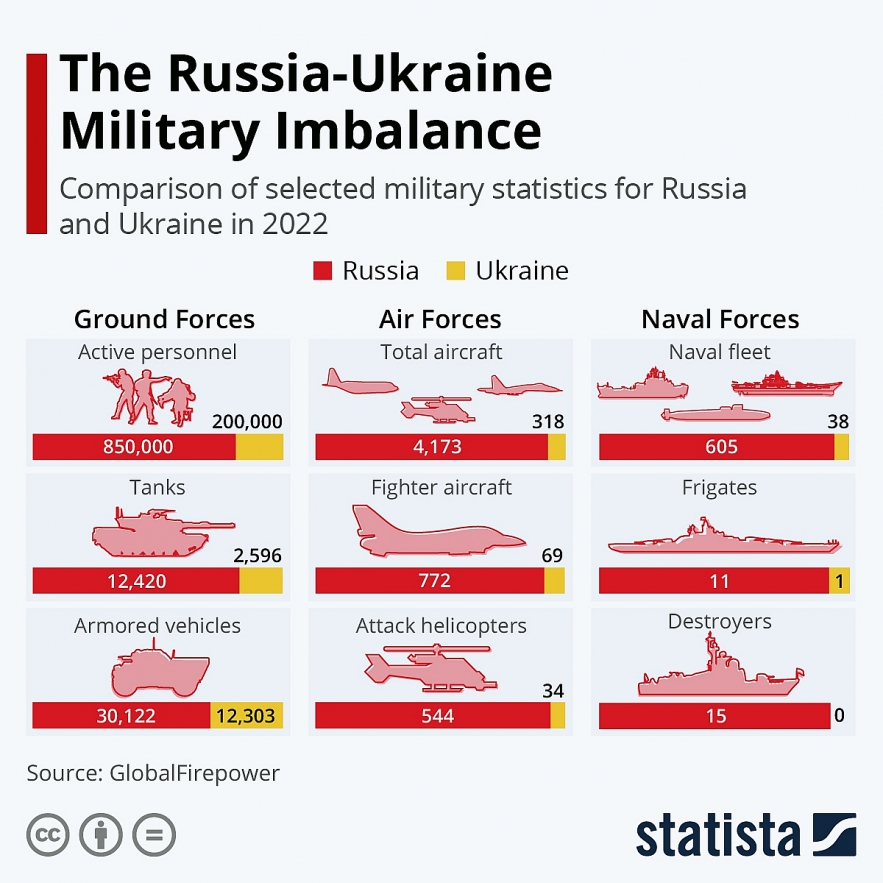 |
| Russia-Ukraine Military Imbalance - Infographic: Statista. The fact that Russia has a larger military than Ukraine. GlobalFirepower has assessed the military forces of both countries for 2022, and as this infographic! |
Russia is about 28 times bigger than Ukraine - Country Size ComparisonUkraine is approximately 603,550 sq km, while Russia is approximately 17,098,242 sq km, making Russia 2,733% larger than Ukraine. Meanwhile, the population of Ukraine is ~43.9 million people (97.8 million more people live in Russia). We have positioned the outline of Ukraine near the middle of Russia. Source: Mylifeelsewhere |
Russia and Ukraine at A glance
Side-by-side comparison showcasing the relative fighting strengths of Ukraine and Russia for the year 2022.
*Russia and Ukraine are the two largest countries in Europe. The neighbours were part of the 15 Soviet republics that made up the USSR. Following the collapse of the Soviet Union in 1991, Ukraine became an independent country and distanced itself from Russia.
*In March 2014, following months of anti-government protests in Ukraine that saw a Kremlin-friendly leader removed from power, Russia invaded and annexed the Crimean Peninsula. A month later, pro-Russian separatists began capturing territory from the Donetsk and Luhansk regions of eastern Ukraine. The ongoing fighting there has killed more than 14,000 people, according to Kyiv, and displaced millions.
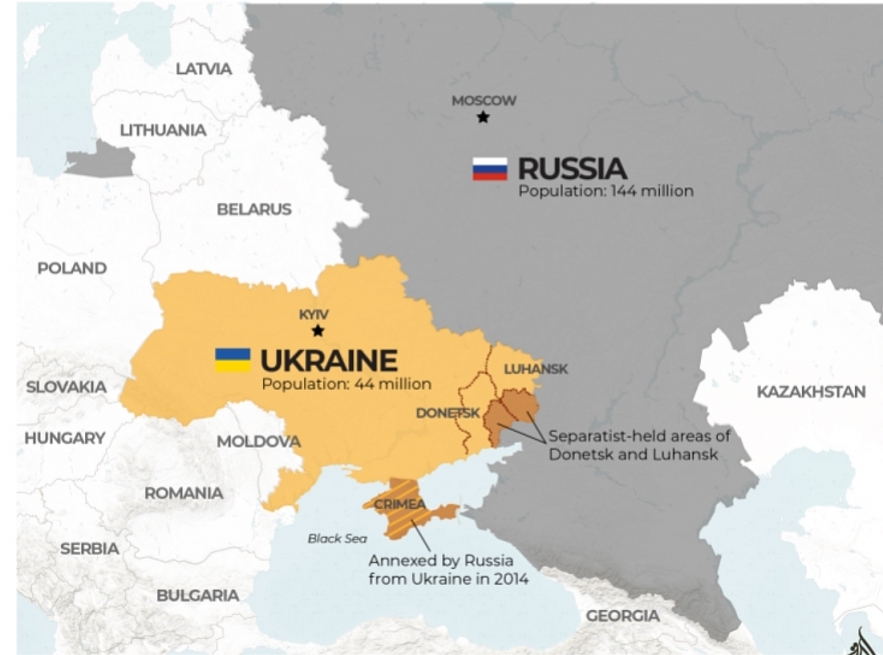 |
| Russia and Ukraine at a glance |
Background
Russia
Founded in the 12th century, the Principality of Muscovy was able to emerge from over 200 years of Mongol domination (13th-15th centuries) and to gradually conquer and absorb surrounding principalities.
In the early 17th century, a new ROMANOV Dynasty continued this policy of expansion across Siberia to the Pacific. Under PETER I (ruled 1682-1725), hegemony was extended to the Baltic Sea and the country was renamed the Russian Empire. During the 19th century, more territorial acquisitions were made in Europe and Asia. Defeat in the Russo-Japanese War of 1904-05 contributed to the Revolution of 1905, which resulted in the formation of a parliament and other reforms. Devastating defeats and food shortages in World War I led to widespread rioting in the major cities of the Russian Empire and to the overthrow in 1917 of the ROMANOV Dynasty.
The communists under Vladimir LENIN seized power soon after and formed the USSR. After defeating Germany in World War II as part of an alliance with the US (1939-1945), the USSR expanded its territory and influence in Eastern Europe and emerged as a global power. The USSR was the principal adversary of the US during the Cold War (1947-1991). General Secretary Mikhail GORBACHEV (1985-91) introduced glasnost (openness) and perestroika (restructuring) in an attempt to modernize communism, but his initiatives inadvertently released forces that by December 1991 led to the dissolution of the USSR into Russia and 14 other independent states.
Following economic and political turmoil during President Boris YELTSIN's term (1991-99), Russia shifted toward a centralized authoritarian state under President Vladimir PUTIN (2000-2008, 2012-present) in which the regime seeks to legitimize its rule through managed elections, populist appeals, a foreign policy focused on enhancing the country's geopolitical influence, and commodity-based economic growth. Russia faces a largely subdued rebel movement in Chechnya and some other surrounding regions, although violence still occurs throughout the North Caucasus.
Ukraine
Ukraine was the center of the first eastern Slavic state, Kyivan Rus, which during the 10th and 11th centuries was the largest and most powerful state in Europe.
Weakened by internecine quarrels and Mongol invasions, Kyivan Rus was incorporated into the Grand Duchy of Lithuania and eventually into the Polish-Lithuanian Commonwealth. The cultural and religious legacy of Kyivan Rus laid the foundation for Ukrainian nationalism through subsequent centuries. A new Ukrainian state, the Cossack Hetmanate, was established during the mid-17th century after an uprising against the Poles.
Despite continuous Muscovite pressure, the Hetmanate managed to remain autonomous for well over 100 years. During the latter part of the 18th century, most Ukrainian ethnographic territory was absorbed by the Russian Empire. Following the collapse of czarist Russia in 1917, Ukraine achieved a short-lived period of independence (1917-20). Although Ukraine achieved independence in 1991 with the dissolution of the USSR, democracy and prosperity remained elusive as the legacy of state control and endemic corruption stalled efforts at economic reform, privatization, and civil liberties.
A peaceful mass protest referred to as the "Orange Revolution" in the closing months of 2004 forced the authorities to overturn a rigged presidential election and to allow a new internationally monitored vote that swept into power a reformist slate under Viktor YUSHCHENKO. Subsequent internal squabbles in the YUSHCHENKO camp allowed his rival Viktor YANUKOVYCH to stage a comeback in parliamentary (Rada) elections, become prime minister in August 2006, and be elected president in February 2010.
In October 2012, Ukraine held Rada elections, widely criticized by Western observers as flawed due to use of government resources to favor ruling party candidates, interference with media access, and harassment of opposition candidates.
President YANUKOVYCH's backtracking on a trade and cooperation agreement with the EU in November 2013 - in favor of closer economic ties with Russia - and subsequent use of force against students, civil society activists, and other civilians in favor of the agreement led to a three-month protest occupation of Kyiv's central square. The government's use of violence to break up the protest camp in February 2014 led to all out pitched battles, scores of deaths, international condemnation, a failed political deal, and the president's abrupt departure for Russia.
New elections in the spring allowed pro-West president Petro POROSHENKO to assume office in June 2014; he was succeeded by Volodymyr ZELENSKY in May 2019.
In 2014, a "referendum" was held regarding the integration of Crimea into the Russian Federation. The "referendum" was condemned by the Ukrainian Government, the EU, the US, and the UN General Assembly (UNGA). In mid-2014, Russia began supplying proxies in two of Ukraine's eastern provinces with manpower, funding, and materiel driving an armed conflict with the Ukrainian Government that continues to this day. Representatives from Ukraine, Russia, and the unrecognized Russian proxy republics signed the Minsk Protocol and Memorandum in September 2014 to end the conflict. However, this agreement failed to stop the fighting or find a political solution.
Economy
Russia
Russia has undergone significant changes since the collapse of the Soviet Union, moving from a centrally planned economy towards a more market-based system. Both economic growth and reform have stalled in recent years, however, and Russia remains a predominantly statist economy with a high concentration of wealth in officials' hands. Economic reforms in the 1990s privatized most industry, with notable exceptions in the energy, transportation, banking, and defense-related sectors. The protection of property rights is still weak, and the state continues to interfere in the free operation of the private sector.
Russia is one of the world's leading producers of oil and natural gas, and is also a top exporter of metals such as steel and primary aluminum. Russia is heavily dependent on the movement of world commodity prices as reliance on commodity exports makes it vulnerable to boom and bust cycles that follow the volatile swings in global prices. The economy, which had averaged 7% growth during the 1998-2008 period as oil prices rose rapidly, has seen diminishing growth rates since then due to the exhaustion of Russia’s commodity-based growth model.
A combination of falling oil prices, international sanctions, and structural limitations pushed Russia into a deep recession in 2015, with GDP falling by close to 2.8%. The downturn continued through 2016, with GDP contracting another 0.2%, but was reversed in 2017 as world demand picked up. Government support for import substitution has increased recently in an effort to diversify the economy away from extractive industries.
Ukraine
After Russia, the Ukrainian Republic was the most important economic component of the former Soviet Union, producing about four times the output of the next-ranking republic. Its fertile black soil accounted for more than one fourth of Soviet agricultural output, and its farms provided substantial quantities of meat, milk, grain, and vegetables to other republics. Likewise, its diversified heavy industry supplied unique equipment such as large diameter pipes and vertical drilling apparatus, and raw materials to industrial and mining sites in other regions of the former USSR.
Shortly after independence in August 1991, the Ukrainian Government liberalized most prices and erected a legal framework for privatization, but widespread resistance to reform within the government and the legislature soon stalled reform efforts and led to some backtracking. Output by 1999 had fallen to less than 40% of the 1991 level. Outside institutions - particularly the IMF encouraged Ukraine to quicken the pace and scope of reforms to foster economic growth. Ukrainian Government officials eliminated most tax and customs privileges in a March 2005 budget law, bringing more economic activity out of Ukraine's large shadow economy. From 2000 until mid-2008, Ukraine's economy was buoyant despite political turmoil between the prime minister and president. The economy contracted nearly 15% in 2009, among the worst economic performances in the world. In April 2010, Ukraine negotiated a price discount on Russian gas imports in exchange for extending Russia's lease on its naval base in Crimea.
Ukraine’s oligarch-dominated economy grew slowly from 2010 to 2013 but remained behind peers in the region and among Europe’s poorest. After former President YANUKOVYCH fled the country during the Revolution of Dignity, Ukraine’s economy fell into crisis because of Russia’s annexation of Crimea, military conflict in the eastern part of the country, and a trade war with Russia, resulting in a 17% decline in GDP, inflation at nearly 60%, and dwindling foreign currency reserves. The international community began efforts to stabilize the Ukrainian economy, including a March 2014 IMF assistance package of $17.5 billion, of which Ukraine has received four disbursements, most recently in April 2017, bringing the total disbursed as of that date to approximately $8.4 billion. Ukraine has made progress on reforms designed to make the country prosperous, democratic, and transparent, including creation of a national anti-corruption agency, overhaul of the banking sector, establishment of a transparent VAT refund system, and increased transparency in government procurement. But more improvements are needed, including fighting corruption, developing capital markets, improving the business environment to attract foreign investment, privatizing state-owned enterprises, and land reform. The fifth tranche of the IMF program, valued at $1.9 billion, was delayed in mid-2017 due to lack of progress on outstanding reforms, including adjustment of gas tariffs to import parity levels and adoption of legislation establishing an independent anti-corruption court.
Russia’s occupation of Crimea in March 2014 and ongoing Russian aggression in eastern Ukraine have hurt economic growth. With the loss of a major portion of Ukraine’s heavy industry in Donbas and ongoing violence, the economy contracted by 6.6% in 2014 and by 9.8% in 2015, but it returned to low growth in in 2016 and 2017, reaching 2.3% and 2.0%, respectively, as key reforms took hold. Ukraine also redirected trade activity towards the EU following the implementation of a bilateral Deep and Comprehensive Free Trade Agreement, displacing Russia as its largest trading partner. A prohibition on commercial trade with separatist-controlled territories in early 2017 has not impacted Ukraine’s key industrial sectors as much as expected, largely because of favorable external conditions. Ukraine returned to international debt markets in September 2017, issuing a $3 billion sovereign bond.
Administrative Divisions
Russia
46 provinces (oblasti, singular - oblast), 21 republics (respubliki, singular - respublika), 4 autonomous okrugs (avtonomnyye okrugi, singular - avtonomnyy okrug), 9 krays (kraya, singular - kray), 2 federal cities (goroda, singular - gorod), and 1 autonomous oblast (avtonomnaya oblast')
oblasts: Amur (Blagoveshchensk), Arkhangel'sk, Astrakhan', Belgorod, Bryansk, Chelyabinsk, Irkutsk, Ivanovo, Kaliningrad, Kaluga, Kemerovo, Kirov, Kostroma, Kurgan, Kursk, Leningrad, Lipetsk, Magadan, Moscow, Murmansk, Nizhniy Novgorod, Novgorod, Novosibirsk, Omsk, Orenburg, Orel, Penza, Pskov, Rostov, Ryazan', Sakhalin (Yuzhno-Sakhalinsk), Samara, Saratov, Smolensk, Sverdlovsk (Yekaterinburg), Tambov, Tomsk, Tula, Tver', Tyumen', Ul'yanovsk, Vladimir, Volgograd, Vologda, Voronezh, Yaroslavl'
republics: Adygeya (Maykop), Altay (Gorno-Altaysk), Bashkortostan (Ufa), Buryatiya (Ulan-Ude), Chechnya (Groznyy), Chuvashiya (Cheboksary), Dagestan (Makhachkala), Ingushetiya (Magas), Kabardino-Balkariya (Nal'chik), Kalmykiya (Elista), Karachayevo-Cherkesiya (Cherkessk), Kareliya (Petrozavodsk), Khakasiya (Abakan), Komi (Syktyvkar), Mariy-El (Yoshkar-Ola), Mordoviya (Saransk), North Ossetia (Vladikavkaz), Sakha [Yakutiya] (Yakutsk), Tatarstan (Kazan'), Tyva (Kyzyl), Udmurtiya (Izhevsk)
autonomous okrugs: Chukotka (Anadyr'), Khanty-Mansi-Yugra (Khanty-Mansiysk), Nenets (Nar'yan-Mar), Yamalo-Nenets (Salekhard)
krays: Altay (Barnaul), Kamchatka (Petropavlovsk-Kamchatskiy), Khabarovsk, Krasnodar, Krasnoyarsk, Perm', Primorskiy [Maritime] (Vladivostok), Stavropol', Zabaykal'sk [Transbaikal] (Chita)
federal cities: Moscow [Moskva], Saint Petersburg [Sankt-Peterburg]
autonomous oblast: Yevreyskaya [Jewish] (Birobidzhan)Ukraine
24 provinces (oblasti, singular - oblast'), 1 autonomous republic* (avtonomna respublika), and 2 municipalities (mista, singular - misto) with oblast status; Cherkasy, Chernihiv, Chernivtsi, Crimea or Avtonomna Respublika Krym* (Simferopol), Dnipropetrovsk (Dnipro), Donetsk, Ivano-Frankivsk, Kharkiv, Kherson, Khmelnytskyi, Kirovohrad (Kropyvnytskyi), Kyiv, Luhansk, Lviv, Mykolaiv, Odesa, Poltava, Rivne, Sevastopol**, Sumy, Ternopil, Vinnytsia, Volyn (Lutsk), Zakarpattia (Uzhhorod), Zaporizhzhia, Zhytomyr
Independence, National Holiday and Constitution
Russia
25 December 1991 (from the Soviet Union; Russian SFSR renamed Russian Federation); notable earlier dates: 1157 (Principality of Vladimir-Suzdal created); 16 January 1547 (Tsardom of Muscovy established); 22 October 1721 (Russian Empire proclaimed); 30 December 1922 (Soviet Union established).
Russia Day, 12 June (1990); note - commemorates the adoption of the Declaration of State Sovereignty of the Russian Soviet Federative Socialist Republic (RSFSR).
Constitution history:several previous (during Russian Empire and Soviet era); latest drafted 12 July 1993, adopted by referendum 12 December 1993, effective 25 December 1993
Constitution amendments:proposed by the president of the Russian Federation, by either house of the Federal Assembly, by the government of the Russian Federation, or by legislative (representative) bodies of the Federation's constituent entities; proposals to amend the government’s constitutional system, human and civil rights and freedoms, and procedures for amending or drafting a new constitution require formation of a Constitutional Assembly; passage of such amendments requires two-thirds majority vote of its total membership; passage in a referendum requires participation of an absolute majority of eligible voters and an absolute majority of valid votes; approval of proposed amendments to the government structure, authorities, and procedures requires approval by the legislative bodies of at least two thirds of the Russian Federation's constituent entities; amended several times, last in 2020.
Ukraine
24 August 1991 (from the Soviet Union); notable earlier dates: ca. 982 (VOLODYMYR I consolidates Kyivan Rus); 1199 (Principality (later Kingdom) of Ruthenia formed; 1648 (establishment of the Cossack Hetmanate); 22 January 1918 (from Soviet Russia).
Independence Day, 24 August (1991); note - 22 January 1918, the day Ukraine first declared its independence from Soviet Russia, and the date the short-lived Western and Greater (Eastern) Ukrainian republics united (1919), is now celebrated as Unity Day.
Constitution history:several previous; latest adopted and ratified 28 June 1996
Constitution amendments: proposed by the president of Ukraine or by at least one third of the Supreme Council members; adoption requires simple majority vote by the Council and at least two-thirds majority vote in its next regular session; adoption of proposals relating to general constitutional principles, elections, and amendment procedures requires two-thirds majority vote by the Council and approval in a referendum; constitutional articles on personal rights and freedoms, national independence, and territorial integrity cannot be amended; amended several times, last in 2019.
Political Parties and Leaders
Russia
A Just Russia [Sergey MIRONOV]
Civic Platform or CP [Rifat SHAYKHUTDINOV]
Communist Party of the Russian Federation or CPRF [Gennadiy ZYUGANOV]
Liberal Democratic Party of Russia or LDPR [Vladimir ZHIRINOVSKIY]
Rodina [Aleksei ZHURAVLYOV]
United Russia [Dmitriy MEDVEDEV]
note: 64 political parties are registered with Russia's Ministry of Justice (as of September 2018), but only four parties maintain representation in Russia's national legislature
Ukraine
Batkivshchyna (Fatherland) [Yuliya TYMOSHENKO]
European Solidarity (BPP-Solidarity) [Petro POROSHENKO]
Holos (Voice) [Sviatoslav VAKARCHUK]
Opposition Bloc or OB [Evgeny MURAYEV]
Opposition Platform-For Life [Yuriy BOYKO, Vadim RABINOVICH]
Radical Party [Oleh LYASHKO]
Samopomich (Self Reliance) [Andriy SADOVYY]
Servant of the People [Oleksandr KORNIENKO]
Svoboda (Freedom) [Oleh TYAHNYBOK]
National symbol(s)
Russia: bear, double-headed eagle; national colors: white, blue, red
Ukraine: tryzub (trident); national colors: blue, yellow
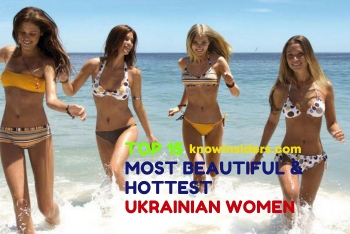 Top 15 Most Beautiful & Hottest Ukrainian Women That Mesmerize World Top 15 Most Beautiful & Hottest Ukrainian Women That Mesmerize World Ukraine is the birthplace of the most beautiful and sexiest women in the world of all time. Check out the list of Top 15 Most ... |
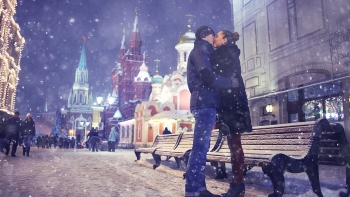 How to Say 'I LOVE YOU' in Russian: 13 Best Ways to Express Your Romantic Side How to Say 'I LOVE YOU' in Russian: 13 Best Ways to Express Your Romantic Side Whether you want a Russian significant other or like watching Russian romance movies, "I love you" in Russian is one of the most important phrases ... |



